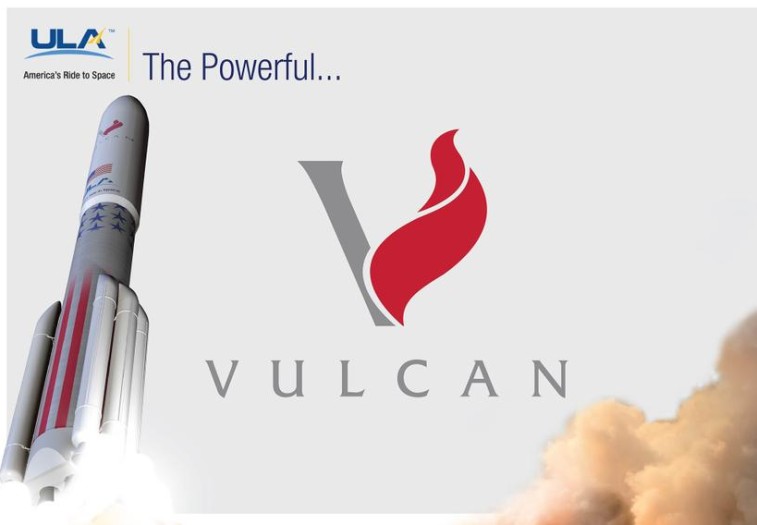Part 2 of 2 Parts (Please read Part 1 first)
The Vulcan Centaur’s various parts are being assembled at Florida's Cape Canaveral Space Force Station ahead of its first flight. That launch is known as Certification-1. It will carry two demonstration satellites to low-Earth orbit, place a commercially built lunar lander in a highly elliptical orbit above the Earth, and deliver another payload to a trajectory that will take it beyond the Earth-Moon system.
The Vulcan Centaur’s debut represents an exciting opportunity for the ULA. The ULA has been a longtime contractor for NASA and the U.S. military. It also sets up the new booster to replace some of the most-used rocket designs that are still available.
Anderson said, “With the Atlas V and the Delta IV presumably going into retirement, this rocket is very important for U.S. launch capabilities at the moment.”
American space companies are not the only ones busy designing new rockets that could be launched this year. Arianespace is headquartered in France. It is readying a new booster named Ariane 6 for its maiden launch.
The Ariane 6 is almost two hundred feet tall. It is designed to deliver satellites and other payloads into orbit around the Earth. The booster is expected to replace the heavy-lift Ariane 5 rocket. However, it is expected to be able to operate at a lower cost. Anderson said that the Ariane 6 will be able to provide important mid-range launch capabilities but will likely face stiff competition from other companies. Like Arianespace’s other rockets, the Ariane 6 will be launched from a spaceport in South America located northwest of Kourou in French Guiana. No specific launch date has been announced for the first test flight.
The Japanese Aerospace Exploration Agency is preparing its new rocket for its inaugural flight this month. The booster is known as the H3. It will carry an Earth observation satellite into orbit on the test flight. The H3 is scheduled to launch on February 12th. The rocket will launched from Japan’s Tanegashima Space Center which is located on the southeast coast of Tanegashima, an island south of Kyushu.
Relativity Space is an aerospace company headquartered in Los Angeles. It intends to debut a 3D-printed rocket named the Terran 1. 3D printed parts have been used in the construction of boosters before, but this will be the first rocket that was constructed entirely with additive manufacturing.
ABL Space Systems is a space company with headquarters in El Segundo, California. They tried to launch their RS1 rocket on its debut flight last month, but were unsuccessful. The January 10th launch took place at the Pacific Spaceport Complex – Alaska located on Kodiak Island. ABL reported that the RS1 had failed to reach Earth orbit. The company tweeted that "After liftoff, RS1 experienced an anomaly and shut down prematurely.” ABL added that it was working with officials from the FAA and the Alaska spaceport to find out what happened.
Rocket Labs is based in California. They had launched their Electron rocket before from New Zealand but never from U.S. soil. The first launch from the U.S. took place on January 24th. For the Virginia launch, the booster lifted off from NASA’s Wallops Flight Facility in Virginia. The Electron was carrying three small satellites into Earth orbit. Rocket Labs is developing a new rocket called the Neutron. It does not expect that rocket to launched until 2024.
